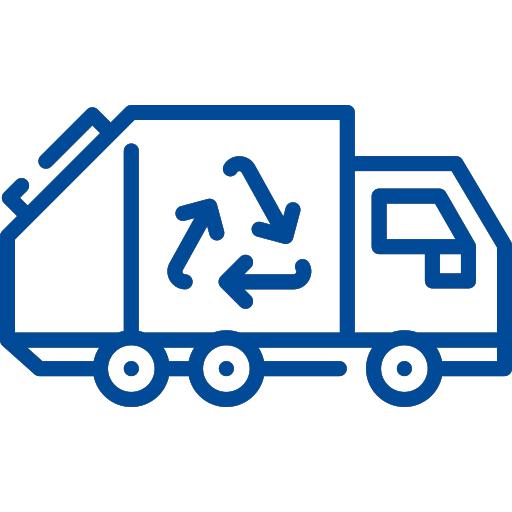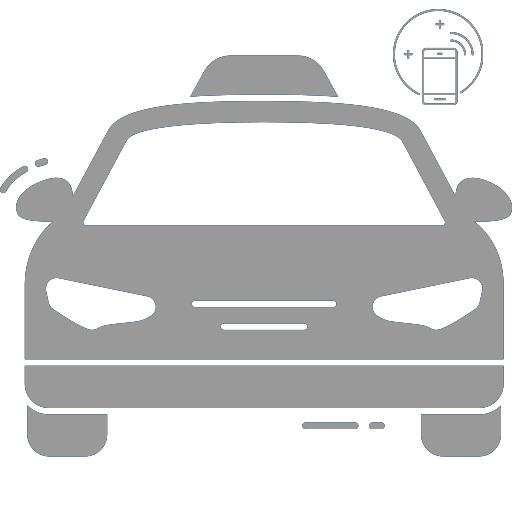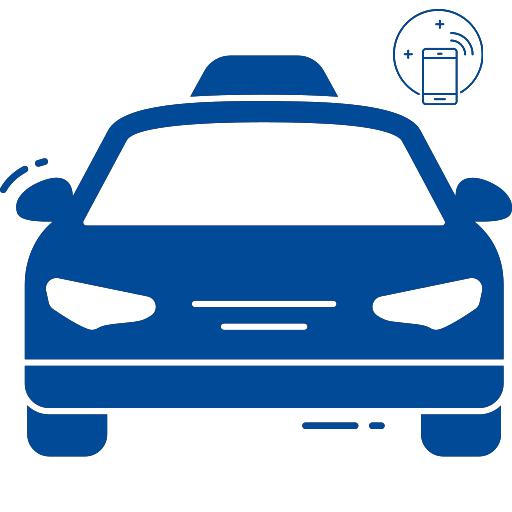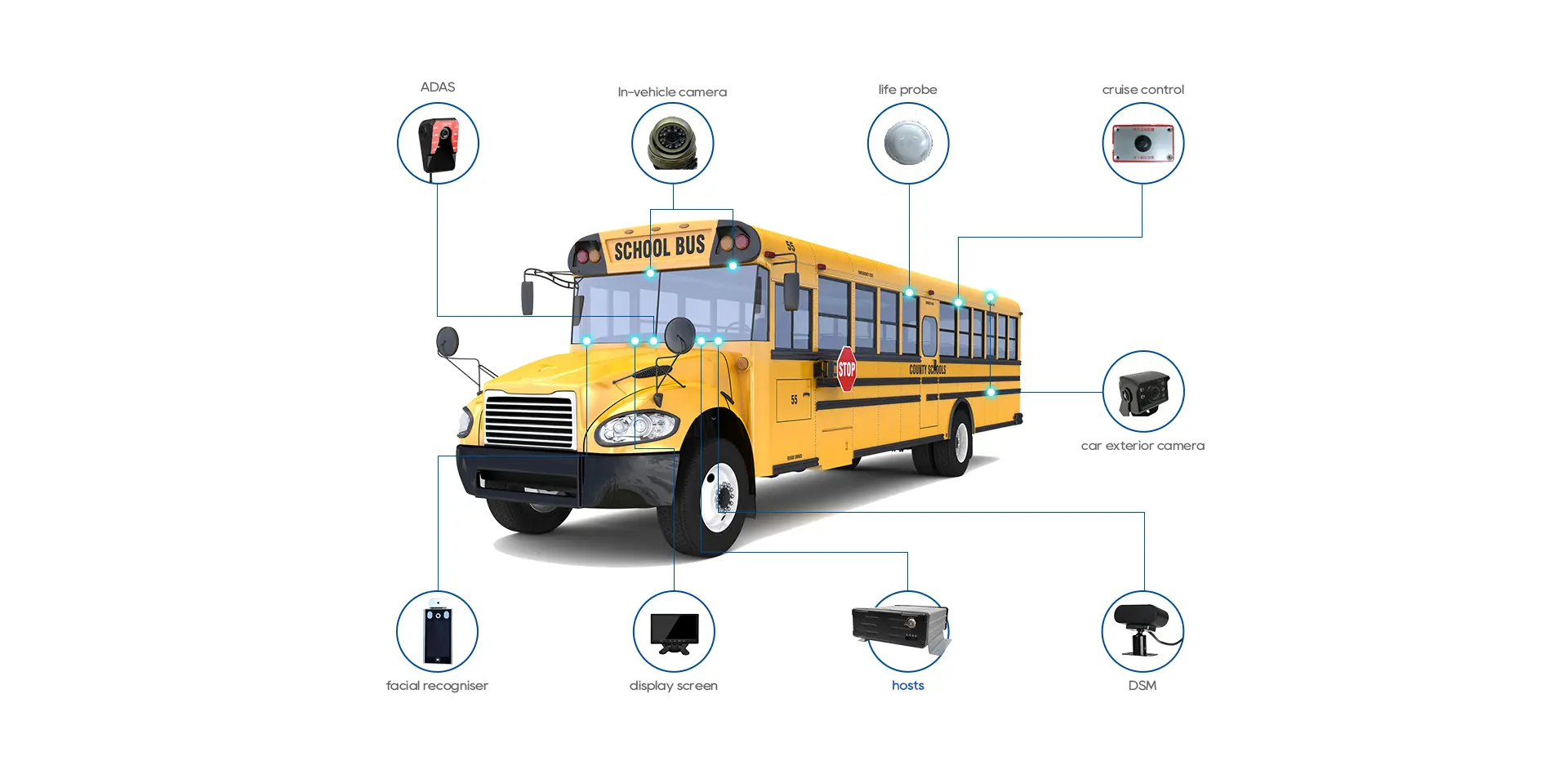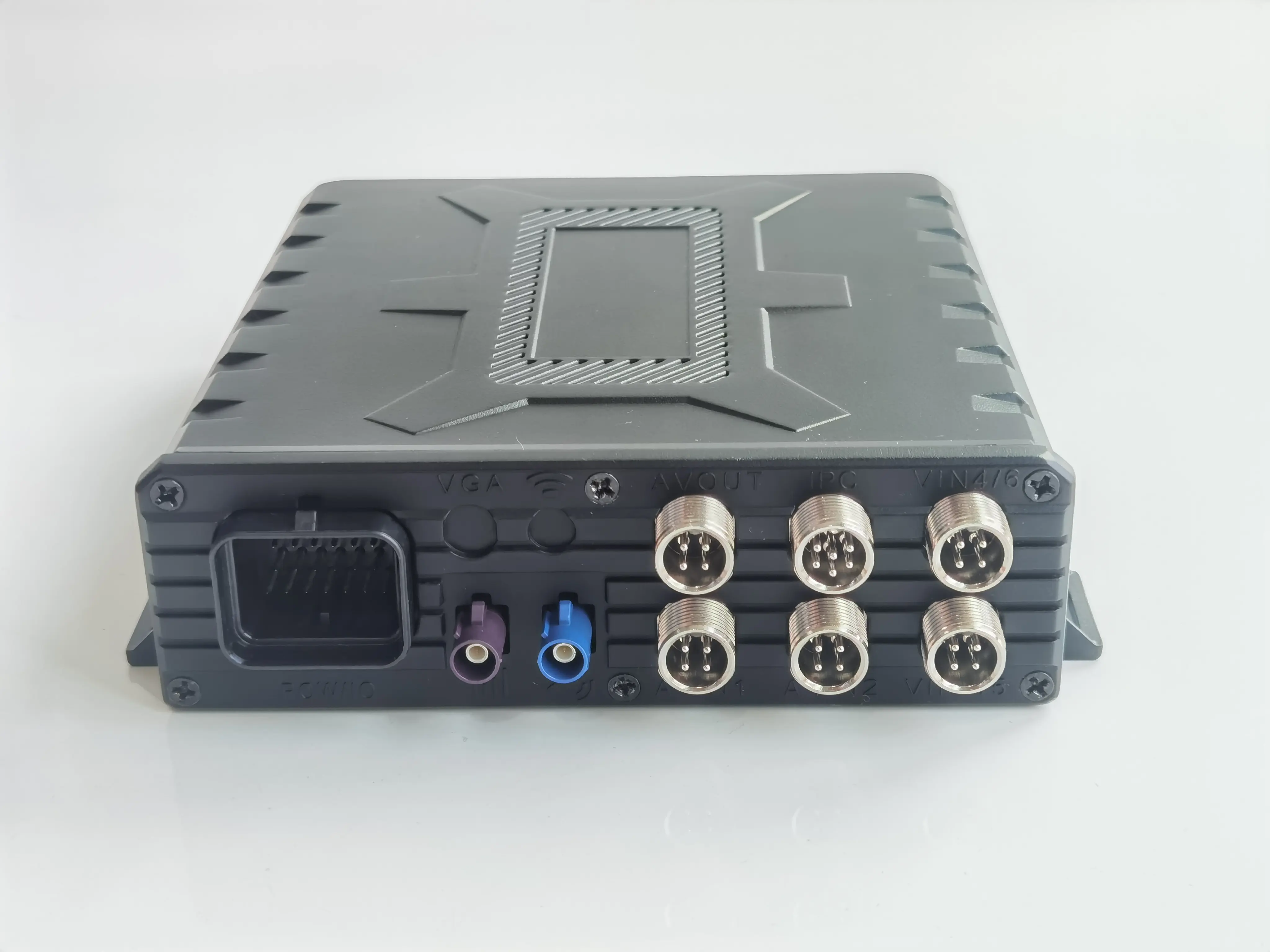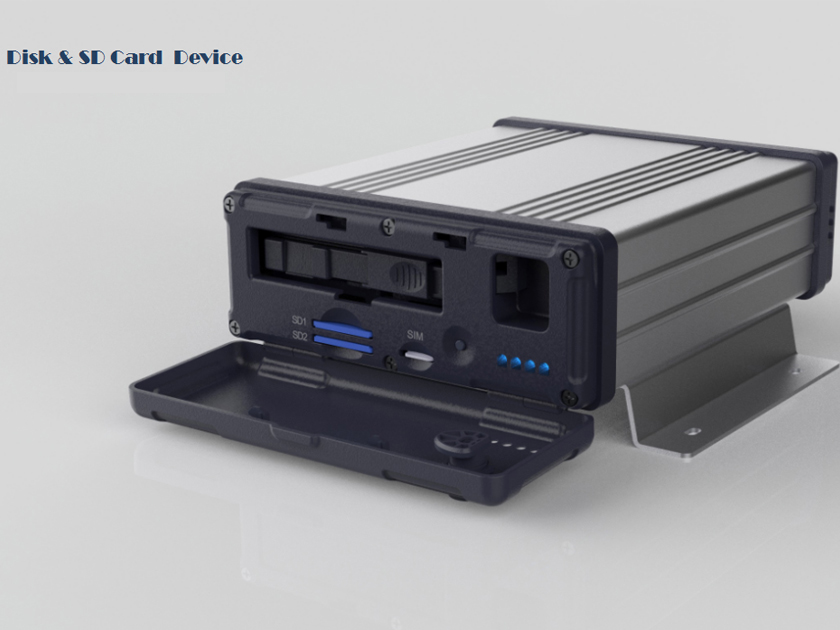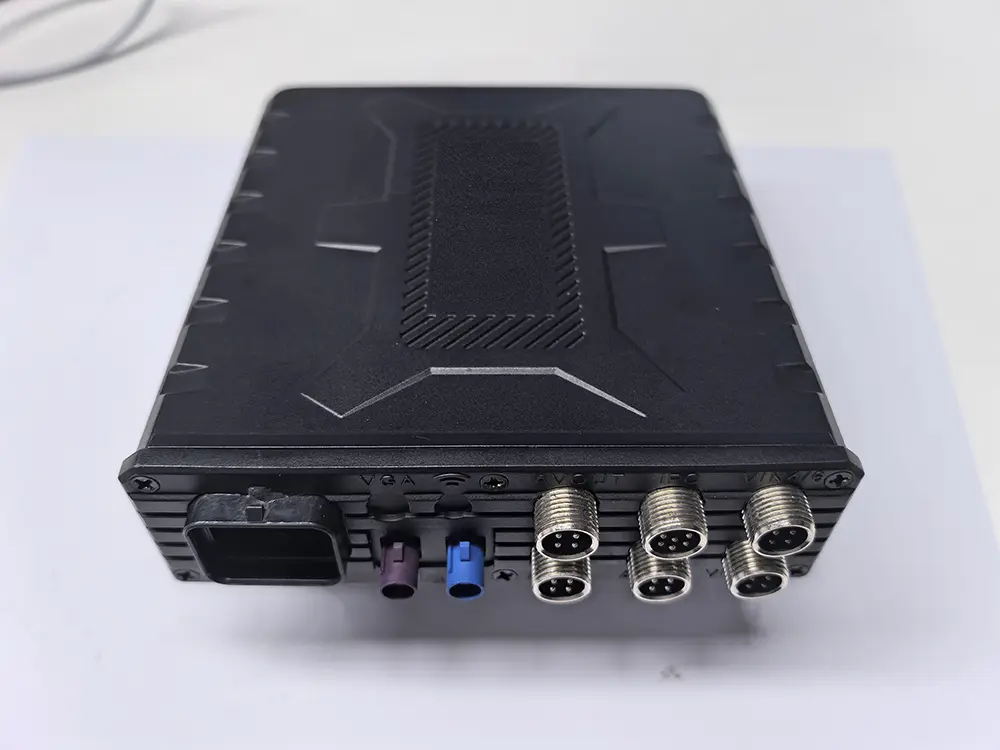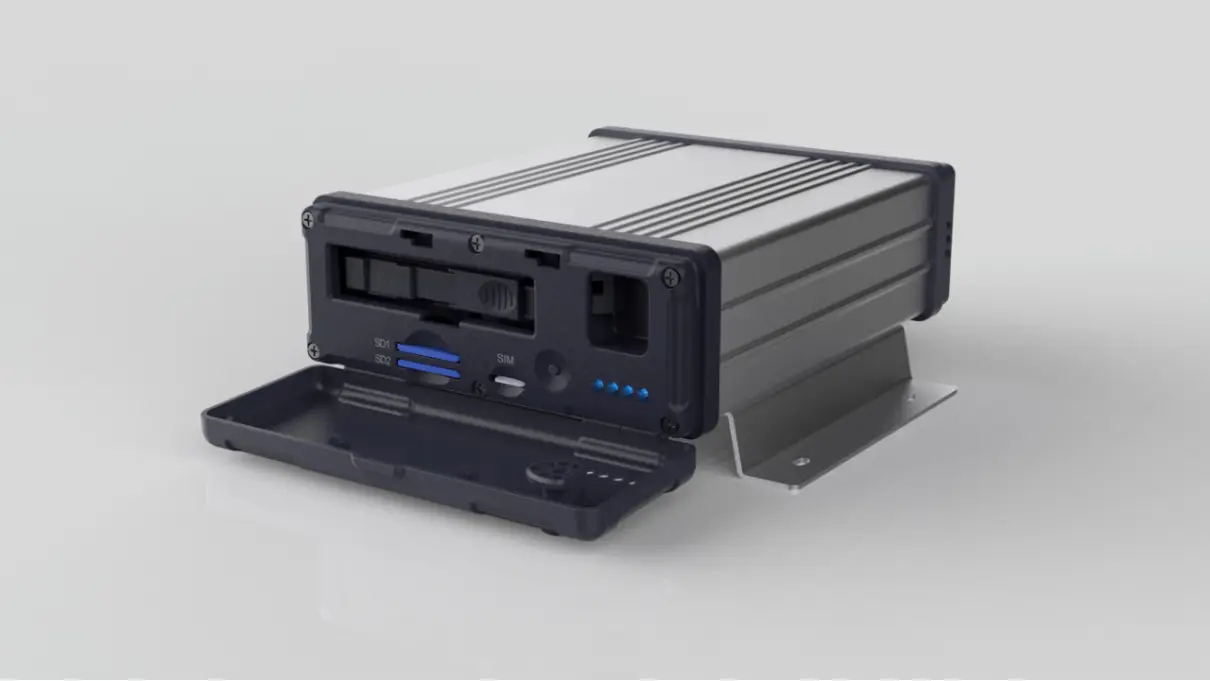What is Mobile DVR and Mobile NVR?
What is Mobile DVR?
A Mobile Digital Video Recorder (MDVR), commonly known as a vehicle-mounted hard disk video recorder, is a device that converts analog video into digital format using advanced audio and video codec technology and then performs compressed storage. It also has additional functions such as GPS positioning, audio and video monitoring, and wireless network transmission.
The Yuwei F4 Mobile DVR uses high-performance H.264 encoding standards to integrate 4G video acquisition, GPS positioning management, and wireless transmission. It is an essential product of the next generation of wireless vehicle-mounted video monitoring solutions. It has powerful audio and video acquisition, drive data storage, and transmission functions, advanced hard disk shockproof, dustproof, and patented heat dissipation technology, all-aluminum heat dissipation design concept, three optional network communication methods. It is suitable for harsh mobile environments such as high-speed movement, severe vibration, unstable power supply, severe interference, and heavy dust, and is widely used in mobile environment video monitoring fields such as buses, long-distance coaches, taxis, logistics vehicles, private cars, and special vehicles (such as cash transportation vehicles).
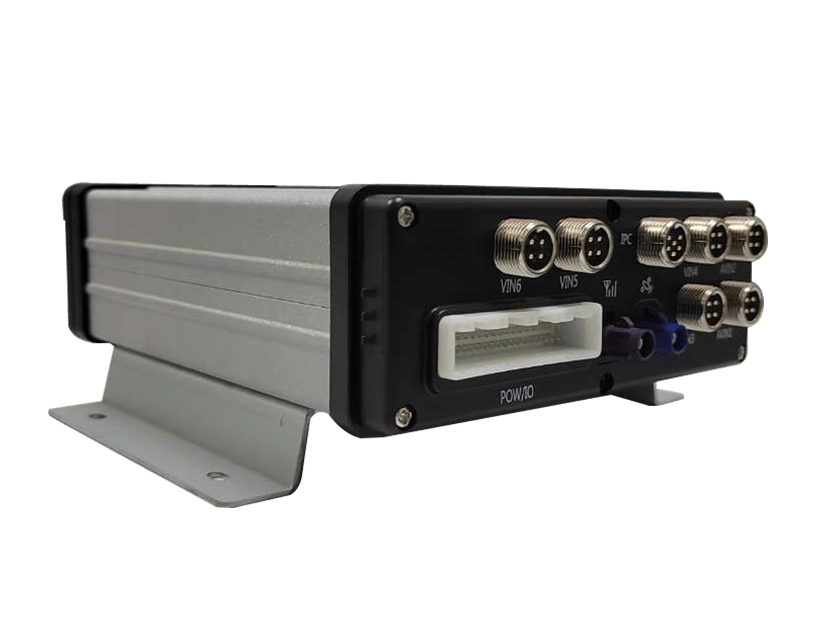
Car Mobile DVR
F4, a cutting-edge high-definition intelligent Al mobile DVR. Built with an industri-al-grade core high-speed processing chip, /p> Car Mobile DVR
What is Mobile NVR?
Mobile Network Video Recorder (MNVR) is a type of vehicle-mounted network video recorder. It completes the video recording, storage, and forwarding functions through encoders or network cameras.
NVR has different product forms. Although its core function is the acquisition, storage, management, and forwarding of network video streams, different companies have different designs to complete these functions, each with its characteristics.
MOBILE DVR and MOBILE DVR differences
MOBILE DVR surveillance system:
Advantages | Disadvantages |
Less expensive than NVR systems | Lower frame rates and lower image quality than NVR systems |
Simplicity, easier to set up and operate than NVR systems | Requires extra cables and wires, more complex installation process |
Image quality is improving (for systems using HD over Coaxial technology) | Separate power source required |
MOBILE NVR surveillance system:
Advantages | Disadvantages |
Better image quality | Cost, typically NVR systems are more expensive |
More system flexibility | Software can be harder to use |
Can be wired or wireless; DVR cannot be wireless | |
Can be used to identify faces, license plates, etc. due to higher image quality |
When do you choose MOBILE DVR or MOBILE NVR?
*If you already have and use quality analog cameras, the DVR may make more sense. Don’t completely rule out an NVR if its other benefits appeal to you, as it is possible to add an analog-to-IP converter at each camera. You may also be able to create a hybrid system, where analog cameras are in use at some points and IP cameras at others. Why would you want this mix? Analog cameras may be better in low light environments, while IP cameras provide more clarity and an ability to zoom in on an image.
*If you are installing a brand-new security system, the NVR has obvious benefits. It is easier to put in because it uses Ethernet cable and can be partially wireless. IP cameras used with an NVR just need to be on the same network — they don’t have to be wired to a physical system.
*If you have an analog or partial analog system, each camera or component must have its own power source. This makes for more wires, more installation hassles and increased power usage. IP cameras used with the NVR use power over Ethernet (POE) from the recorder so there’s no need for splitters or sockets close by each camera. IP systems also use much less electricity, saving costs.
*The NVR is newer and still more expensive than a comparable DVR system. As it increases in popularity, prices may come down. In particular, the analog cameras used with a DVR are much less expensive than their IP counterparts.


















